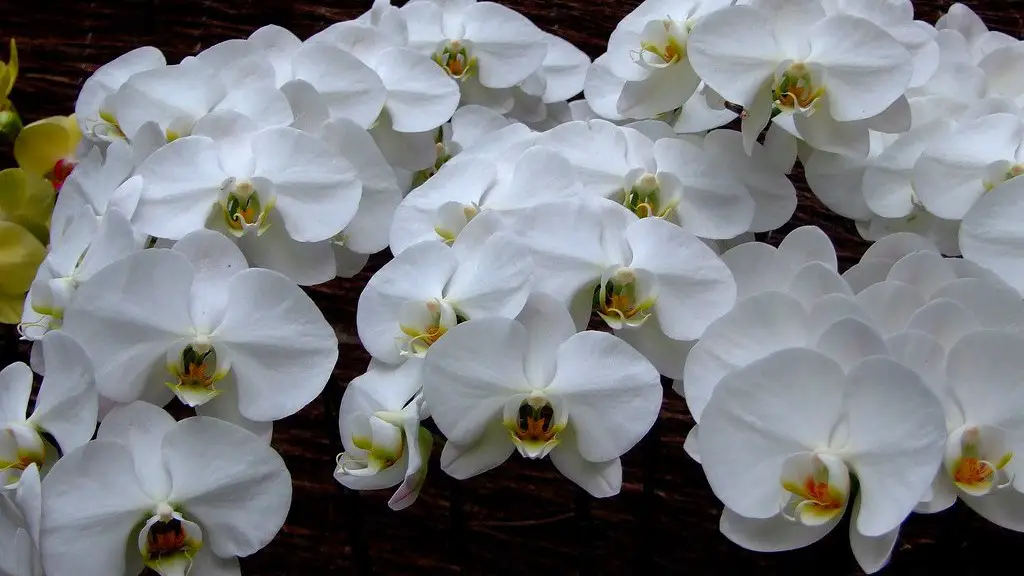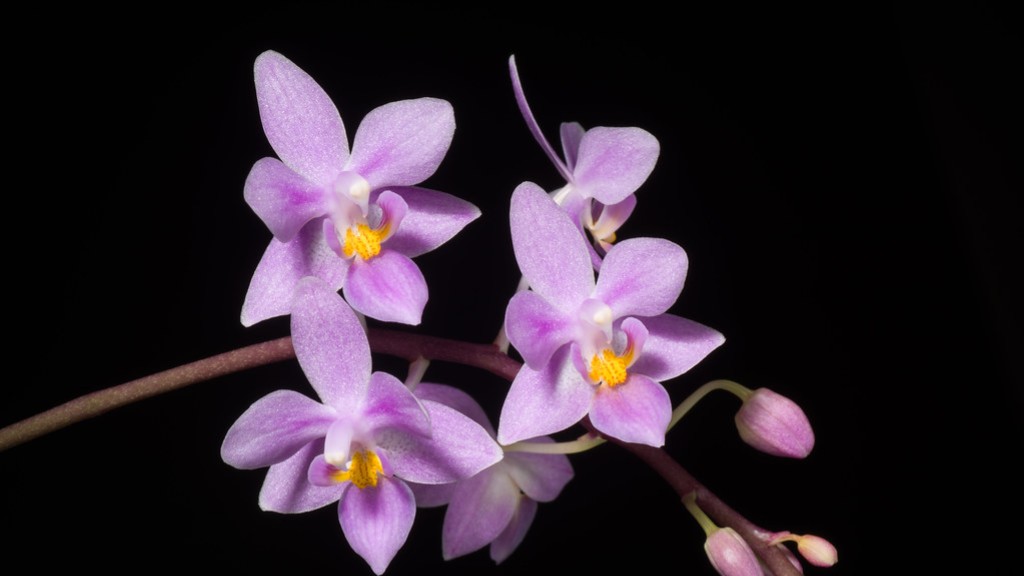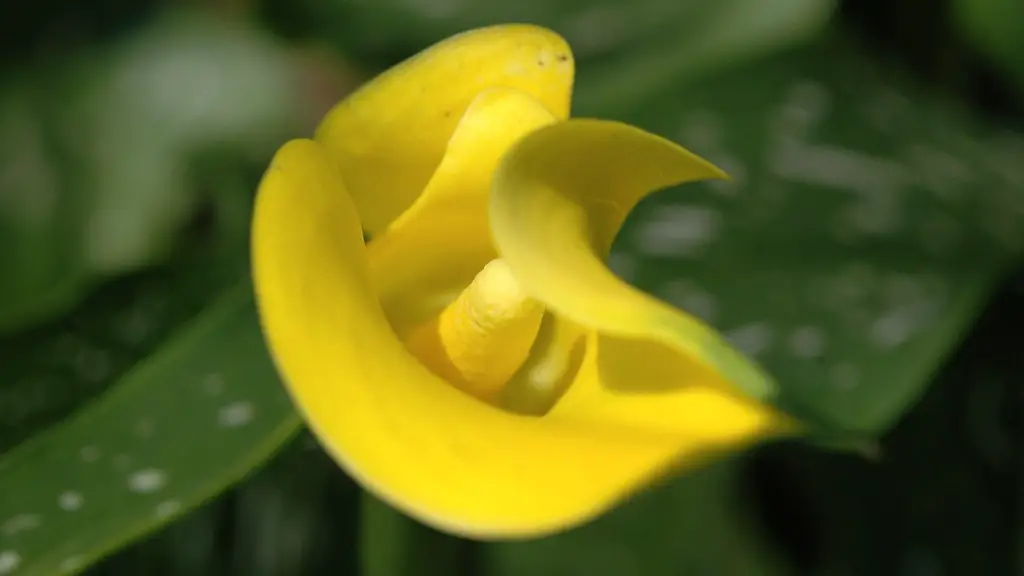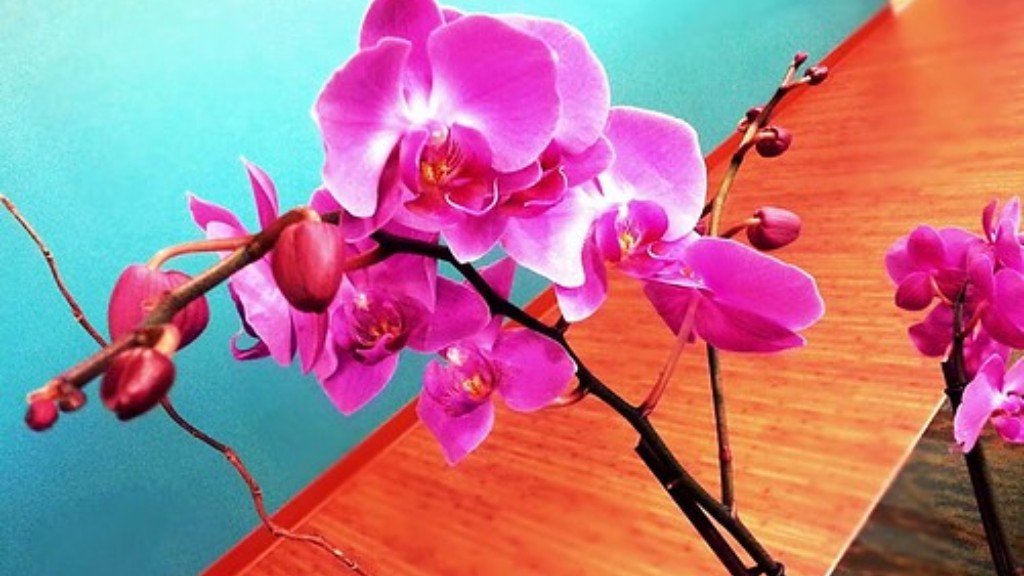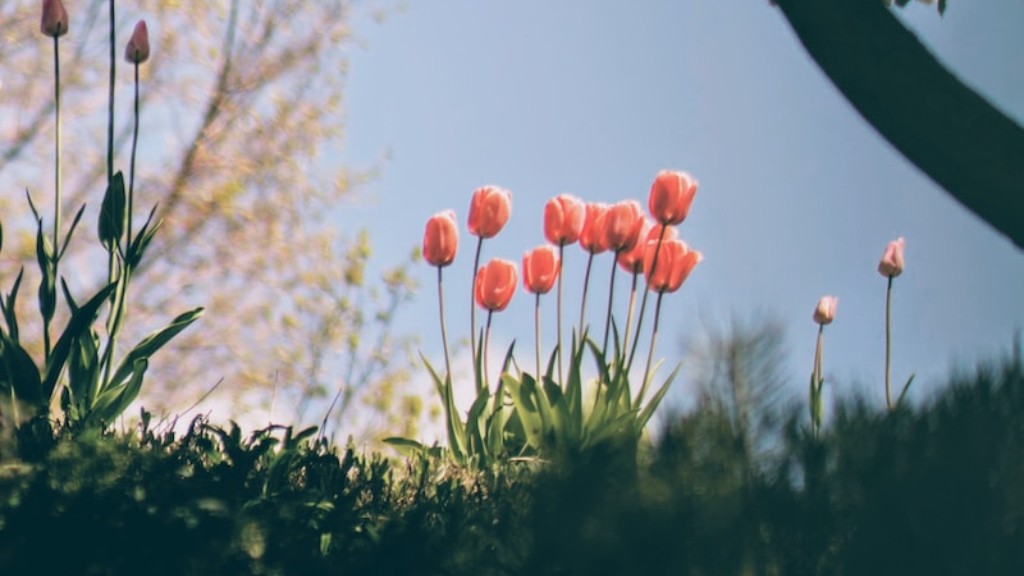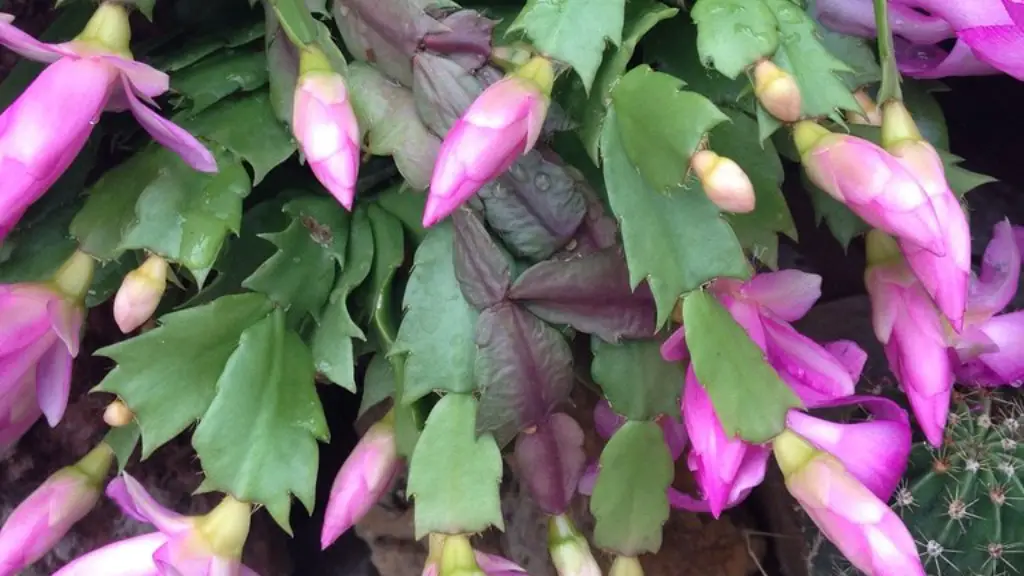No, a Phalaenopsis orchid is not an air plant. Phalaenopsis orchids are a type of epiphytic orchid, which means that they grow on other plants or objects, rather than in soil. They get their name from their unusual flowers, which resemble the wings of a moth. Phalaenopsis orchids are native to Southeast Asia, and can be found in humid forests. These beautiful plants are popular houseplants, and can bloom multiple times a year with proper care.
A Phalaenopsis orchid is not an air plant.
Can an orchid be an air plant?
Orchids are a type of plant that come in many different shapes, sizes, and colors. They can be found in tropical climates, as well as in more temperate areas. Most orchids grow best in humid conditions, and they require very little care.
If the humidity in your home is low, the air roots on your orchid can turn yellow and shrivel. If this happens, wait until your orchid stops blooming, and then use a sterile knife or scissors to cut away the shriveled roots.
How do you take care of a Phalaenopsis orchid indoors
Phalaenopsis orchids are relatively easy to care for and make a great addition to any indoor space. They prefer normal room temperatures and indirect light, but can tolerate short days in the winter if placed in direct light or a south-facing window. Orchids can be placed in an interior room or on an office desk, as long as they are placed under a grow light.
Orchids are a little different from other plants when it comes to repotting, in that their air roots need to be soaked in lukewarm water for 10-15 minutes before repotting. Soaking the roots helps to remove residue and leftover old growing medium, so it is an important step in repotting.
Does orchid purify air?
Orchids are often thought of as delicate flowers that require special care, but did you know that they can also help purify the air in your home? That’s right – aside from looking good, orchids also clean up toxic fumes. In particular, the plant reliably absorbs xylene, toluene and formaldehyde from the air, creating a healthy indoor environment.
So if you’re looking for a way to improve the air quality in your home, consider adding a few orchids to your decor. Not only will they look beautiful, but they’ll also help keep the air clean and fresh.
The one down side to letting this natural process take place is that aerial roots will dry out more quickly than the ones down inside the pot. There’s an easy solution here: simply mist the aerial roots with tap water at least once a day. Misting will help keep those roots happy until your next watering session.
Can you put orchid air roots in soil?
When repotting your Orchid, be sure to use a pot that is at least 20% wider than the previous one. This will allow the Orchid room to continue to grow. Place the air roots in the ground during repotting, using special Orchid potting soil if possible. This is because ordinary potting soil is much too dense.
Epsom salt is a great way to improve your plants growth and health. It has many benefits including making plants grow bushier, produce more flowers, increase chlorophyll production, and deter pests. Commercial orchid growers have been using Epsom salt for many years with great results. If you are looking for ways to improve your plants, consider using Epsom salt.
How do you repot Phalaenopsis orchid with air roots
If you want to repot your Orchid, it’s a relatively easy process. You’ll need to start by removing the Orchid from its pot. Be careful not to damage the roots as you do this. Once the Orchid is out of the pot, remove the old potting medium. You can either discard this or use it to repot other plants. Next, rinse and soak the Orchid roots in room temperature water for about 30 minutes. This will help to remove any built-up fertilizer and help to hydrate the roots. After soaking, cut away any dead or rotting roots. You can sterilize the Orchid roots by dipping them in a 9-10% bleach solution for about 10 minutes. This will help to prevent any diseases from infecting the plant. Finally, repot the Orchid plant in a new pot with fresh potting medium. Water the plant well and make sure to drain any excess water.
Orchids are tropical plants that love humid conditions. The easiest way to recreate their humid home is by misting them with a spray bottle.
How often should I mist my Phalaenopsis orchid?
Orchids need to be watered about every 7-10 days. They like to have their roots in water, but not to be sitting in water. It is best to water your orchid in the morning so that the leaves have time to dry before nightfall.
If you find that your orchid is wilting, it is likely that it is not getting enough water. Check the root system to see if the roots are mushy, which is a sign of over-watering. If the roots are dry and shrunken, the plant needs water.
Use lukewarm water when watering your orchid. Cold water can shock the plant and cause the leaves to wilt.
Orchids thrive in humid environments, so misting the leaves with water can also be beneficial.
If you’re looking for a long-lasting, low-maintenance houseplant, look no further than the Phalaenopsis orchid. These beautiful flowers are easy to care for and can bloom for years, making them a great choice for those new to plant care or those who want to add a touch of luxury to their home without spending a lot of money.
What pots are best for Phalaenopsis orchids
plastic orchid pots are lighter and easier to move, but they don’t have the same decorative appeal as terra cotta. Terra cotta pots are more expensive, but they’re also more durable and weather-resistant.
Orchids do quite well in water, as long as they’re given the proper care. It may even be easier to grow orchids in water for some, as you don’t have to worry about soil maintenance and watering. Just be sure to give your orchids the attention they need, and they should thrive in their watery environment.
Do orchids like tap water?
Orchids are a bit finicky when it comes to watering, but as long as you follow a few simple guidelines, they’ll thrive. Regular tap water is fine, as long as it isn’t softened with salts. Room temperature water is best, but you can water your orchid with ice cubes without harming the plant. About once a week, place up to three ice cubes on top of the potting medium, preferably where the cubes don’t touch the leaves.
It’s great to have an oxygen-producing plant in your bedroom! Not only do orchids help to purify the air, but they also look beautiful. Make sure to keep your orchid healthy by placing it in a bright spot and watering it regularly.
What should you not do with an orchid
Orchids are a beautiful and delicate flower, and as such, there are certain things you should avoid doing in order to keep them healthy and vibrant. Here are five things you shouldn’t do with an orchid:
1. Overwater them: The roots of an orchid are part of the lungs: the plant breathes through these so-called aerial roots. When you overwater an orchid, you essentially drown the plant and suffocate it.
2. Pour water on the crown: The crown is the center of an orchid, and it is very delicate. Pouring water directly on the crown can damage the flower.
3. Plant them in regular soil: Orchids need a special type of soil that is light and well-draining. Regular soil is too heavy and will suffocate the plant.
4. Place them in direct sunlight: Orchids need bright, indirect light. Direct sunlight is too harsh and will damage the flower.
5. Spray water on the flowers: Water droplets can damage the delicate petals of an orchid. Instead, mist the plant regularly to provide it with the moisture it needs.
Orchids are a type of plant that not only absorbs carbon dioxide but also releases oxygen at night. This makes them ideal for bedrooms, as they can help improve air quality and provide people with a better night’s sleep.
Conclusion
No, a phalaenopsis orchid is not an air plant.
No, a phalaenopsis orchid is not an air plant.
